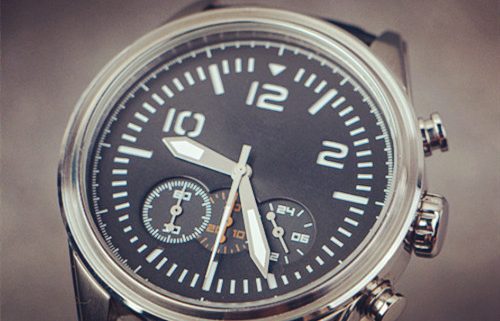What’s the difference between 316L and 904L steel?
Commonly known as “medical-grade steel”, 316L stainless steel is not only used to make jewelry and medical scalpels due to its low allergenic properties but also used by watch manufacturing companies to make watchbands. 904L stainless steel is Austenitic stainless steel made by Outokumpu Company in Finland based on 316L stainless steel, is a super Austenite with low carbon content and high alloying designed for corrosive environments such as dilute sulfuric acid.
904L stainless steel increases the content of chromium, nickel and molybdenum and adds a certain amount of copper, which will bring about a change in performance, making 904L stainless steel more wear-resistant and corrosion-resistant, but at the same time, there is not much difference between the two in hardness, let’s show their difference with the table below:
| Grades | C | Si | Mn | Cr | Ni | Mo | P | S | Cu |
| 316L | ≤0.03 | ≤0.1 | ≤0.2 | 16-18 | 10-14 | 2-3 | ≤0.04 | ≤0.03 | / |
| 904L | ≤0.02 | ≤0.1 | ≤0.2 | 19-23 | 23-28 | 4-5 | ≤0.04 | ≤0.03 | 1-2 |
It is not difficult to see that 904L alloy elements chromium, nickel, molybdenum is more than 1.6 times of 316L stainless steel, 1%-2% copper makes 904L stainless steel has stronger corrosion resistance and wear resistance than 316L stainless steel. The 904 has a lower carbon content (C), so the polished 904L steel pipe or sheet steel has a better surface, and the same volume of 904L stainless steel is much heavier than the 316L stainless steel. Their Rockwell strength (HRB) is less than 95, and the strength is almost 490MPa. So it is completely wrong to say that 904L stainless steel is harder than 316L stainless steel.
Rolex was the first company to put 904L into watch manufacturing. In 1985, Rolex produced the watch case made of 904L steel replaced 316L steel. 904L steel contains more chromium, which helps to form a corrosion-resistant coating on the surface of metal materials. And “anti-corrosion” is also the benefit of the Rolex watches we often mention, but here “anti-corrosion” does not have any practical significance, because 316L steel has been completely enough daily corrosion. 904L steel is indeed better in corrosion resistance than 316L steel, but it does not mean that 316L steel is not good. For consumers, as a watch case material, 904L steel’s “propaganda” effect is better than the actual role of “anti-corrosion” itself.
Not just in the watch industry, chemical fields shows more advantages., 904L offers better corrosion resistance than 316L and even 317L. The addition of 1.5% copper has excellent corrosion resistance to reducing acids such as sulfuric acid and phosphoric acid, and also has excellent intergranular corrosion resistance to stress corrosion, pitting corrosion and crevice corrosion caused by chloride ion. In the concentration range of 0-98% pure sulfuric acid, 904L can be used at temperatures up to 40 ℃. Of all the phosphoric acids, 904L is more resistant to corrosion than ordinary stainless steel. Ordinary Austenitic stainless steels may be sensitive to stress corrosion at temperatures above 60℃ in a chloride-rich environment, and this sensitivity can be reduced by increasing the nickel content of the stainless steels. Due to its high nickel content, 904L is highly resistant to stress corrosion cracking in chloride solutions, concentrated hydroxide solutions, and hydrogen sulfide-rich environments.




